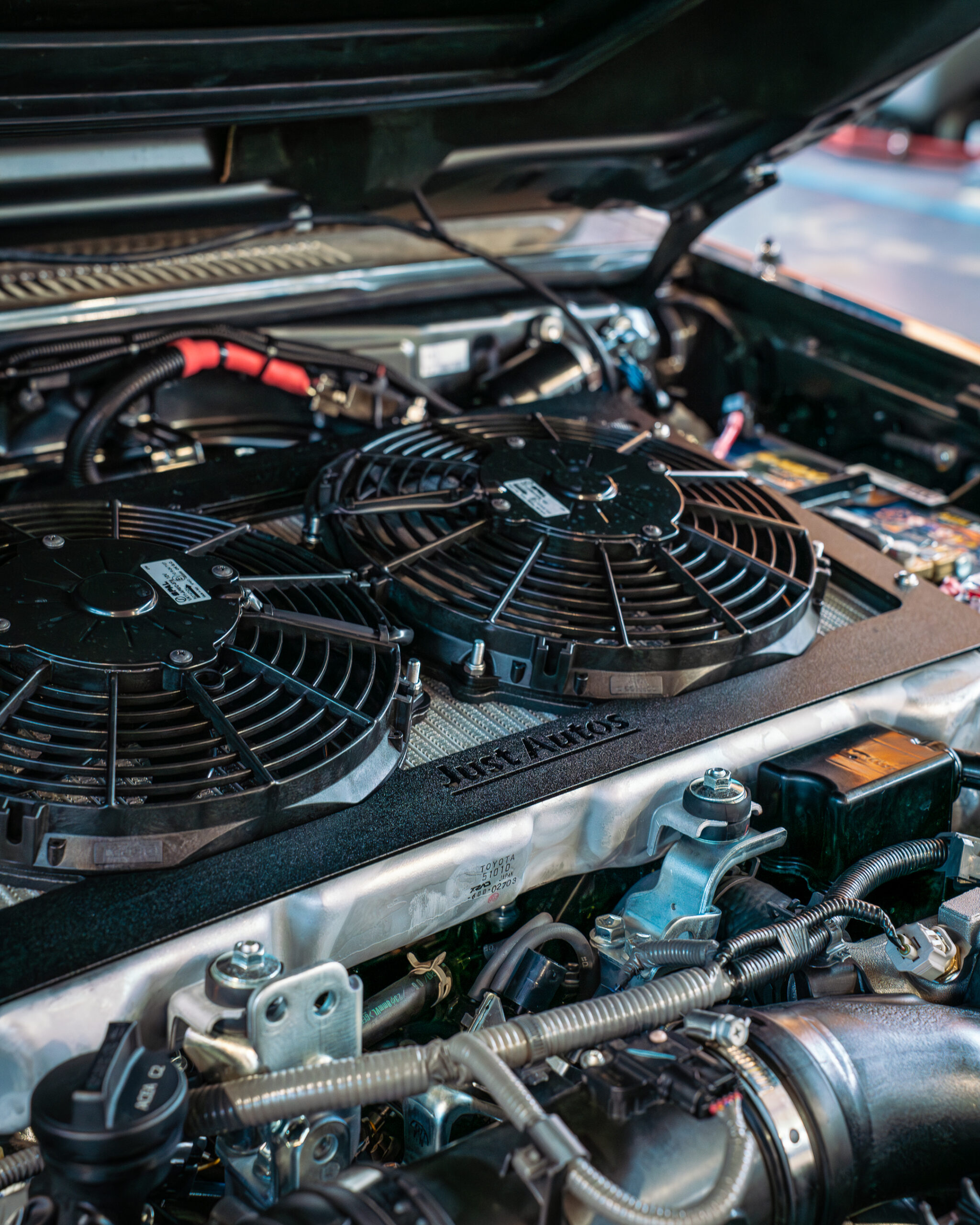When it comes to vehicle performance, every component plays a pivotal role. Among these components is the MAP (Manifold Absolute Pressure) sensor filter, designed to provide precise readings of the absolute pressure within the intake manifold. By filtering out impurities and preventing oil contamination, the map sensor filter ensures optimal engine performance and fuel efficiency.
In this post, we get into the nitty gritty of map sensor filters. Exploring their purpose, location, testing methods, installation procedures, and the potential effects of a defective filter, we uncover everything you need to know about MAP sensor filters in your Toyota vehicles.

Understanding the Map Sensor Filter
The manifold pressure sensor, also known as the MAP sensor is an essential component within the engine management system of many fuel-injected vehicles (like the Toyota). Situated near the intake manifold, this filter acts as a connection point between the vacuum tube and the map sensor.
Its primary role is to retain any impurities that could hinder the proper functioning of the map sensor. The filter acts as a barrier, ensuring that no oil reaches the map sensor. This is essential as oil can interfere with the sensor’s ability to accurately measure pressure and determine the required fuel delivery for perfect combustion., leading to incorrect data being sent to the engine management module.
Finding The MAP Sensor Filter
The location of the map sensor filter can vary depending on the vehicle model. In some cases, such as the Toyota Hilux, the filter can easily be found under the engine cover, making it easily accessible for inspection and replacement. However, in vehicles like the 70 series and 200 series with top-mount intercoolers, the map sensor filter is positioned towards the back, making it more challenging to access without removing the intercooler.

Common Signs of a Defective Map Sensor Filter
A faulty map sensor filter can have detrimental effects on your vehicle’s performance. It is important to be aware of the warning signs that indicate a potential issue with the filter. By recognising these signs early on, you can take the necessary steps to address the problem. Here are some common symptoms of a defective or damaged map sensor filter:
1. Engine Management Light
The engine management light, also known as the check engine light, is a crucial indicator that monitors the sensors within your vehicle’s engine. If the values from the MAP sensor fall outside the permitted range, the check engine light will illuminate on your dashboard. This can indicate a malfunctioning map sensor filter, and it is recommended to seek assistance to diagnose and rectify the issue.
2. Leam Air-Fuel Mixture
The map sensor is responsible for measuring the air pressure in the intake manifold and determining the ideal air-fuel ratio for the engine. However, a faulty map sensor filter can disrupt this process, leading to an excessively lean air-fuel mixture (low ratio of fuel/air mixture). This can result in poor engine performance, reduced fuel efficiency, issues with idling and stalling and even potential damage to the engine components.
3. Rich Air-Fuel Mixture
On the other hand, a damaged map sensor filter can also cause the engine control unit to inject an excessive amount of fuel into the engine. This leads to a rich air-fuel mixture, negatively impacting fuel consumption and engine performance. If you notice a significant increase in fuel consumption or experience a decrease in power or issues at idle, it may be indicative of a faulty map sensor filter.
4. Oil Residue
A visual inspection of the map sensor filter can provide valuable insights into its condition. Look for any cracks or splits in the housing, as well as signs of oil residue. Oil contamination is a common issue with defective or damaged filters, and it can significantly impair the accuracy of the MAP sensor readings.
5. Difficulty Starting
As MAP’s are responsible for measuring air pressure, a faulty MAP sensor could be the reason your Toyota is struggling to start. The engine requires the right fuel-to-air ratio to start, and inaccurate readings could result in too little fuel being delivered to the engine, preventing the vehicle from starting at all.
Do You Really Need A MAP? The Controversy Surrounding Map Sensor Filters
The topic of map sensor filters has sparked some debate within the automotive community. Some drivers choose to bypass or completely remove the filter, while others prefer to retain it.
Those in favour of bypassing the map sensor filter argue that it eliminates the risk of filter failure and simplifies the maintenance process. By connecting a vacuum hose directly from the manifold to the map sensor, there is the opportunity to achieve more accurate readings without the risk of filter-related issues.
However, supporters of retaining the map sensor filter emphasise its importance in preventing oil contamination and ensuring optimal sensor performance. By regularly inspecting and replacing the filter when necessary, the potential risks associated with filter failure can easily be mitigated.
Ultimately, the choice between bypassing or retaining the map sensor filter depends on personal preference and should be made based on consideration of the specific vehicle model, driving conditions, and maintenance preferences.
Maintaining and Replacing the Map Sensor Filter
Regular maintenance and timely replacement of the map sensor filter are crucial for preserving optimal engine performance and prolonging the lifespan of your vehicle. Here are a few tips to help you maintain and replace the filter effectively:
- Inspection: Periodically inspecting the map sensor filter can help detect any signs of damage or contamination, such as cracks, splits, or oil residue.
- Cleaning: To ensure the longevity of the map sensor filter, regular cleaning is also important. Use a suitable solvent, such as brake cleaner, and blow it through the filter in the opposite direction of the flow. This will help remove any accumulated dirt or debris and maintain the filter’s effectiveness.
- Replacement: When replacing the map sensor filter, it is advisable to opt for a high-quality, reliable filter that meets the specifications of your vehicle. If you need your filter replaced, the team at Just Autos can help. As Toyota enthusiasts, we always have replacement filters on hand and can quickly and reliably replace them.

Key Takeaways
Whether you choose to bypass or retain the filter, it can’t be denied that the MAP sensor filter plays a crucial role in maintaining the accuracy and reliability of the MAP sensor readings in your vehicle’s engine management system. By preventing oil contamination and filtering out impurities, the filter ensures optimal engine performance, fuel efficiency, and longevity.
Are you looking to elevate your driving experience? Just Autos are your trusted Toyota and diesel performance partner. Our team of experts offer quick and easy MAP sensor replacements and expert advice on maximising your vehicle’s performance.
Don’t settle for ordinary when you can experience extraordinary performance. Contact us today to learn more!









